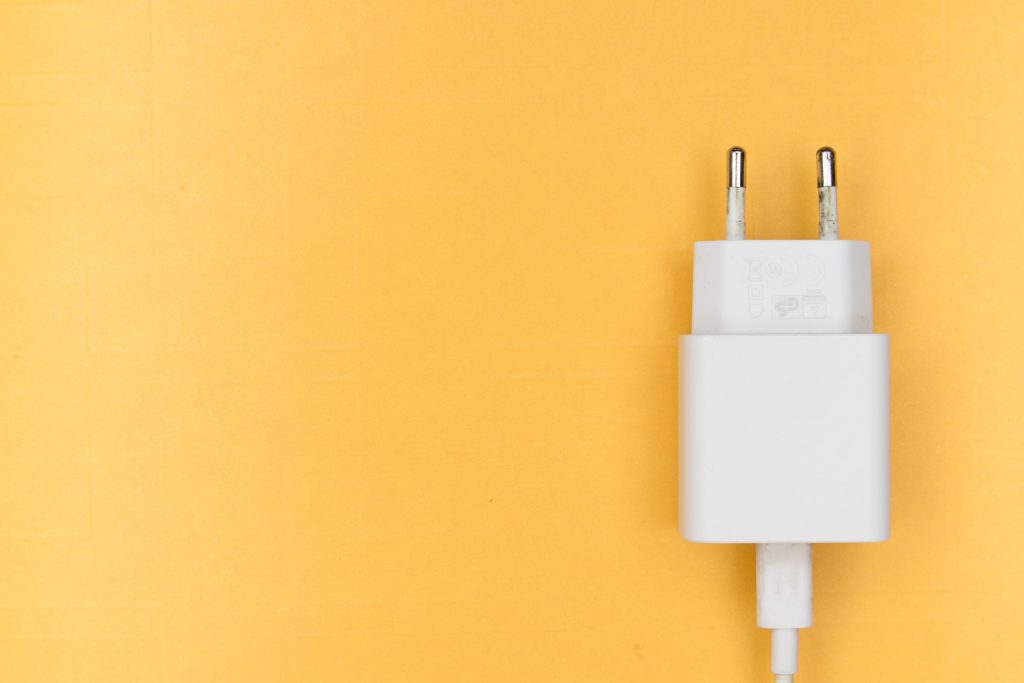Maybe you didn’t get enough sleep, haven’t had enough to eat, overexerted yourself, and so on. All possible roads ultimately converge to the matter of energy (or rather, lack thereof). We’re all familiar with how the problem starts, but do you know how to solve it?

Even Einstein, brilliant physicist as he was, struggled with this problem of energy deficit. He managed this by minimizing his daily decision fatigue after eliminating the meanderings of outfit contemplation from his morning tasks.
With one less thing to do and energy saved, Einstein would then have slipped into one of his multiple grey suits, unencumbered by color theory, and carried on with his musings of general relativity.
We don’t need to be Einstein to grasp this concept of conservation and intuitively implement it in our individual ways. Mental calculations of priorities to available energy determine how many and which concessions to make.
The mechanics of energy – kinetic energy conversion from potential energy and vice versa – apply to everything without exception, whether it is the smallest particle or the most renowned of geniuses.
At the end of the day, we only accomplish what we think we have the energy for and even the most motivated, productive people aren’t always able to complete everything they have to do.

It boils down to energy budgeting. When it comes to sensing and responding to energy depletion, our bodies are not so different from our phones. If your phone’s battery drops below a certain level, you get a notification from the phone suggesting for you to charge it.
You are then faced with two choices: either you continue using your phone with the same intensity and hope you can find a charger before your phone stops functioning, or you close some apps you’re not really using, or are unnecessarily energy expensive, thus buying yourself more time to find a charger. Likewise, your body has to make this same choice.
The inclination to minimize mental or physical exertion when feeling low in energy is completely logical. The body’s solution to this problem is to use any of the three macromolecules (carbohydrates, lipids, and proteins) to generate ATP, a biomolecule that directly provides the energy needed to power biochemical interactions within and outside of cells. If you have enough ATP, your cells won’t feel the need to go into energy saving mode.

Herein lies the grand opportunity to optimize our biology given the vast array of current scientific advancements at our disposal. In this era of hyper-productivity (or at least, the expectation and illusion of it), people often turn to caffeine and/or other stimulants to solve their energy problem.
While these stimulants may promote a sensation of energy and focus, this effect is relatively brief and dose-dependent as its effect on ATP production is indirect. Stimulants act on the adrenal system, increasing endogenous levels of adrenaline to jumpstart your brain, which have a downstream effect in increasing blood glucose level along with other physiological responses.
This is the basis of the fight or flight response – the longer adrenaline remains in your system, the more alert you would be in order to confront or flee from a challenge. It really is a wonderful feeling – the ability to trick your body into alertness on command – which is why most people claim not to feel truly awake until they have their morning cup of coffee.
And this naturally segues to the downside of stimulants. Aside from the pesky side effects of increased stimulant tolerance, reliance, and addiction, other common complaints include jitteriness, hyperactivity, and sudden crash of energy later on.
For those who use stimulants not for the focus, but for the energy, the energy crash is the most disappointing feature. As stimulants increase blood glucose indirectly through downstream signaling pathways initiated by adrenaline, the effect on ATP production from glucose is tenuous in consideration to adrenaline’s other effects. Furthermore, this effect on energy is significant only if your circulating blood glucose is low to begin with (e.g. hours without eating).
If you’re looking for an alternative to caffeine and other such stimulants to increase your energy level, medium chain triglycerides (MCT) may be a viable topic to start your research. As it is a direct energy source, like glucose, MCT has a direct effect on ATP production without the side effects of stimulants.
This multi-part series has been created to help you decide whether MCT is something you’d like to add into your daily routine. In subsequent entries, I will be diving into the research of what MCT is, how it is metabolized, why it matters, and how to optimize its desired effects as well as recognize potential side effects.
